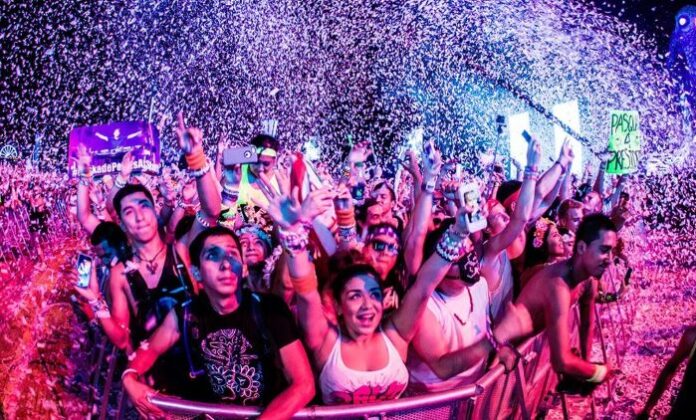Where is Pink Cocaina Used the Most?
The use of pink cocaine has spread far beyond Colombia, particularly taking hold in Spain, especially in high-end party destinations like Ibiza. The island is famous for its electronic music festivals and non-stop rave culture, where pink cocaine fits right in with the partygoers’ desire for a euphoric experience. As the trend has grown, pink cocaine has also been spotted in party capitals across Europe and in underground clubs in Miami and Los Angeles.
Pink Cocaine: Why From Colombia to the Global Party Scene
The pink cocaine trend, originally known as “tusi” in Colombia, started gaining traction in the 2000s. Initially circulating in exclusive party scenes and high-society circles, this designer drug’s appeal quickly grew due to its bright pink color and reputation for delivering a unique and intense high. Unlike traditional drugs like cocaine, pink cocaine is a blend of several synthetic substances, which makes it both unpredictable and dangerous.
Who is the Target Audience?
Pink cocaine’s users are typically young adults aged 18 to 30, most commonly found in nightclubs, raves, and music festivals. It’s marketed as a luxury drug, which has given it a “status symbol” appeal, attracting wealthy partiers looking for something different and exciting. However, as the drug becomes more widespread, it has also trickled down to a wider audience, with more people looking to experience its effects regardless of their background.
For a breakdown of pink cocaine’s ingredients and effects, check out our in-depth guide on this new party drug here.



